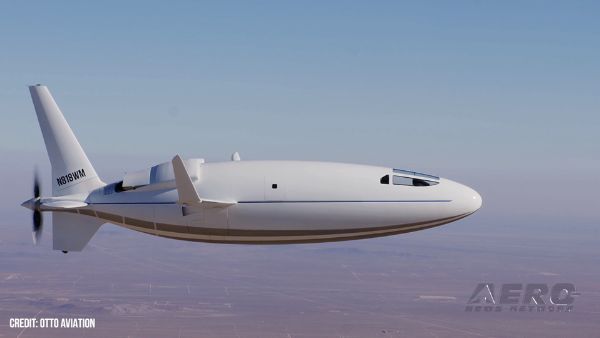
Also: Yellow Ribbon Honor Flight, Moon Issues, Norway To Return NH90s, CareFlite Adds Bell 407GXi
Airbus’s newest and largest narrow-body airliner, the A321XLR, has made its maiden flight—and in so doing moved the European air-framer closer to its goal of capitalizing on the demand for long-range, single-aisle commercial aircraft. The aircraft, MSN 11000, departed Hamburg-Finkenwerder Airport at 09:05 UTC, and remained aloft for approximately four hours and 35 minutes. 2022 is shaping up to be the best year on record for pilot hiring since 2000–so states a report from Future and Active Pilot Advisors (FAPA). The first five months of 2022 saw airlines hire 5,526 pilots—one-hundred more than were hired during the same time-period la
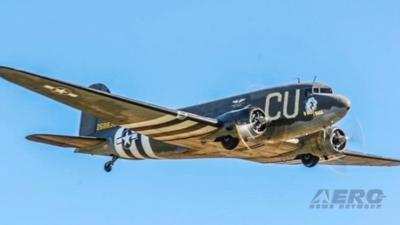
Steven F. Udvar-Hazy Center to Welcome Historic C-47s
Four DC-3s of the D-Day Squadron will fly in and display during the Innovation in Flight event at the Smithsonian National Air and Space Museum‘s Steven F. Udvar-Hazy Center. The annual, single-day hootenanny affords attendees opportunity to explore the engineering and design innovations that have taken place during the last century of flight. The aircraft to be presented by the D-Day Squadron are the C-47 Clippers: Tabitha May, based in Manassas, VA; Betsy’s Biscuit Bomber, based in Paso Robles, CA; Miss Virginia, based in Bridgewater, VA; and the C-53, Spirit of Benovia, based in Aurora, OR. Mr. Rod Moyer of Miss Virginia, is serving as mission chief pilot for this event.
 Read More
Read More
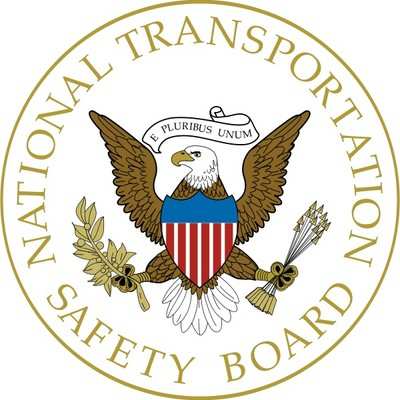
Tail Rotor Crosshead Drive Plate... Was Not Bolted To The Tail Rotor Crosshead
On June 4, 2022, about 1201 eastern daylight time, a Bell 407 GXP helicopter, N98ZA, was substantially damaged when it was involved in an accident near Fairfield, New Jersey. The commercial pilot was seriously injured. The helicopter was operated by Zip Aviation as a Title 14 Code of Federal Regulations Part 91 positioning flight. The helicopter departed Essex County Airport (CDW), Caldwell, New Jersey, about 1147 and was destined for John F. Kennedy International Airport (JFK), New York, New York.
 Read More
Read More
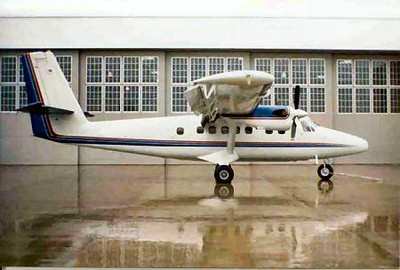
AD 2022-11-12 Requires Performing Tests, Inspections, And Lubrication Of The FCU Push Rod Assemblies
The FAA is adopting a new airworthiness directive (AD) for certain Viking Air Limited (type certificate previously held by Bombardier Inc. and de Havilland, Inc.) Model DHC-6-1, DHC-6-100, DHC-6-200, DHC-6-300, and DHC-6-400 airplanes. This AD was prompted by mandatory continuing airworthiness information (MCAI) originated by an aviation authority of another country to identify and correct an unsafe condition on an aviation product. The MCAI identifies the unsafe condition as binding of the rod end bearing connecting the lower fuel control unit (FCU) push rod assembly to the FCU power lever. This AD requires performing tests, inspections, and lubri
 Read More
Read More
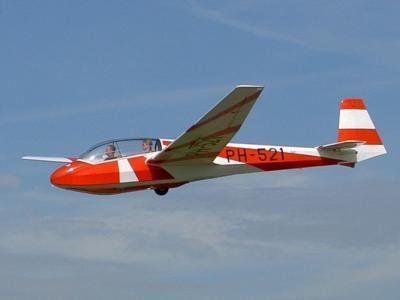
AD 2022-12-07 Requires Repetitively Inspecting The Glue Joint At Elevator Rib Number 1
The FAA is superseding Airworthiness Directive (AD) 75-23-03 for all Alexander Schleicher GmbH & Co. Segelflugzeugbau (Alexander Schleicher) Model Ka2B, Ka 6, Ka 6 B, Ka 6 BR, Ka 6 C, Ka 6 CR, K 7, K 8, and AS-K 13 gliders. AD 75-23-03 required visually inspecting the glue joint between the elevator nose rib number 1 and the nose plywood skin and replacing the glue joint if insufficient glue adhesion was found. Since the FAA issued AD 75-23-03, the European Union Aviation Safety Agency (EASA) superseded prior EASA ADs for the unsafe condition on these products. This AD adds the Model K 8 B gliders to the applicability and requires repetitively inspecting the
 Read More
Read More

Aero Linx: Australian Aviation Wildlife Hazard Group
Aircraft and wildlife, especially birds, have been coming into contact with one another since the beginning of aviation. The first reported bird strike occurred in 1905, when the Wright Flyer flown by Orville Wright struck a bird over an Ohio cornfield. Bird strikes happen every day, and occur most commonly at airports (90 per cent according to ICAO), when aircraft are landing, or taking off. The majority happen at low altitudes: 50–60 per cent of bird strikes occur at zero to 50 feet, and 30 per cent between 50–500 feet. Bird strikes worldwide have accounted for 262 human fatalities since 1988 and destroyed 250 aircraft. Bird str
 Read More
Read More
